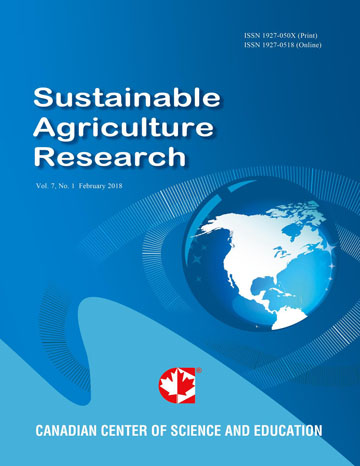Changing Trends in Cultivation Practices and Adoption of Climate Adaptive Farming in Eastern Nepal
- Bed Dahal
- Nani Raut
- Smriti Gurung
- Chhatra Sharma
- Rabindra Kayastha
- Ahuti Shrestha
- Bibhu Gautam
Abstract
Climate change impacts are likely to affect the agricultural production leading to further food insecurity. In this context, the trend of cereal production with climate variables was studied in order to understand the linkages between climate change and crop productivity. The study was conducted in three districts of Sagarmatha zone, namely Solukhumbu (mountain region), Okhaldhunga (hill region) and Saptari (Terai region) representing three ecological zones in Nepal. A household survey (295 households), focus group discussions and key informant interviews were used to collect data on the history of the cultivation systems, varieties of crop grown, trends on crop yield, and adaptation to climate change. Results showed farmers’ introduction of high yielding varieties of crops and vegetables due to economic benefit, while traditional varieties are no longer cultivated. The infestation of pest attack is increasingly seen since two decades, while few pests were reported to be disappeared. Although majority of farmers in Saptari and Okhaldhunga districts used pesticides as per the prescribed doses, pesticide use is still random in Solukhumbu district. The multiple comparisons of means showed that there is a significant difference in the average production of rice and maize since 30 years until recently (p<0.05) in these three districts. The average production of rice, maize and wheat increased with decreasing average annual temperature and rainfall in Saptari district since 30 years. In contrast, in Okhaldhunga and Solukhumbu districts, the average production of three cereal crops increased with increasing average annual temperature and rainfall. With the late arrival of the monsoon, farmers have adopted coping strategies particularly for rice cultivation through occasional shift in crop planting dates and selection of shorter duration crop varieties that can be harvested early.
- Full Text:
 PDF
PDF
- DOI:10.5539/sar.v7n3p52
Index
Contact
- Joan LeeEditorial Assistant
- sar@ccsenet.org
